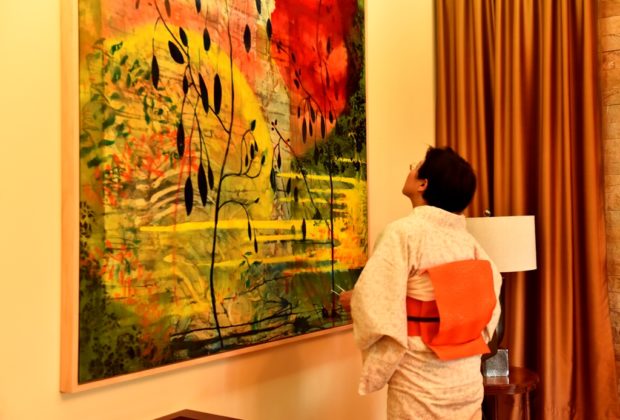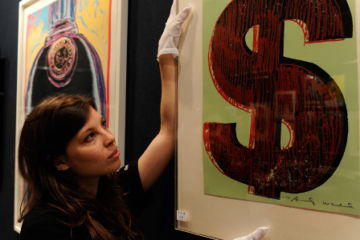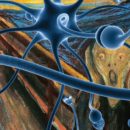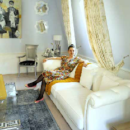
Visual art reveals cultural ties
On a sizzling afternoon, the Ambassador of the United States in Romania, Hans Klemm, and his wife, Mari Kano Klemm, hosted a reception at their majestic residence near Herăstrău Park in Bucharest. Its aim was to exhibit a series of stately works of art, signed by both American and Romanian artists, as part of Art in Embassies, a program established more than five decades ago.
Once stepping onto the premises of the property, the guest is overwhelmed by the immediate scope of nature, a sort of ideal metropolitan escape. This visual and sensory experience, however, fits just right into the context of the coming admiration of the set of displayed paintings inside the residence – a coherent extension of the scenery. Abstraction is a central topic in most of the curated pieces, freshened up by bright colors with an interesting mix of media. Still, the twenty-two paintings and sculptures that now inhabit the chambers and the garden of Villa Dante are part of a more complex story, speaking about cultural identity and intercultural exchanges.
“It is something that began several decades ago to provide a way for American ambassadors to draw on the rich cultural – not only tradition – but cultural assets that exist in both private and public collections in the United States to help introduce American art to our friends, partners and allies overseas.” – Hans Klemm, the United States Ambassador in Romania.
Art in Embassies is a global visual arts program, initiated by the Museum of Modern Art in the early 1960’s and formalized by President John F. Kennedy – a pronounced patron of the arts – as a permanent U.S. Departments of State’s office. Now present in more than 200 venues, Art in Embassies curates temporary and permanent exhibitions, selecting and commissioning contemporary art from the United States and the host countries. According to U.S. Secretary of State John Forbes Kerry, “these exhibitions provide international audiences with a sense of the quality, scope, and diversity of both countries’ art and culture, establishing AIE’s presence in more countries than any other U.S. foundation or arts organization.”
In Bucharest, the selected artists are Anca Bodea (Cluj), Patricia Clendening Buzzerio (Minnesota), Kristine Campbell (Michigan), Allison Collins (Los Angeles), Stefan Radu Cretu (Campina), Karen Cruickshank (Portland), Vicentiu Grigorescu (Bucharest), Mira Lehr (New York), Gordon Mansell (England), Romul Nutiu (Timisoara), Stefan Petrica (Resita) and Douglas Yee (San Francisco).
The modern and contemporary art give the residence the sort of emotion that was lacking, in order to temper the sharp edges and give a more human touch. Moreover, just beside the entrance, a spectacular painting signed by Romul Nutiu instantly reminds of Jackson Pollock’s art and manner. This mixture of American, European and then Romanian interpretations proves once more that art speaks a universal language and has no physical or ideological borders.
The final remark in the Ambassador’s speech was actually an invitation to reflect upon viable ways in which our two countries could better collaborate in the cultural field – the realm able to comfort both the mind and the spirit.









